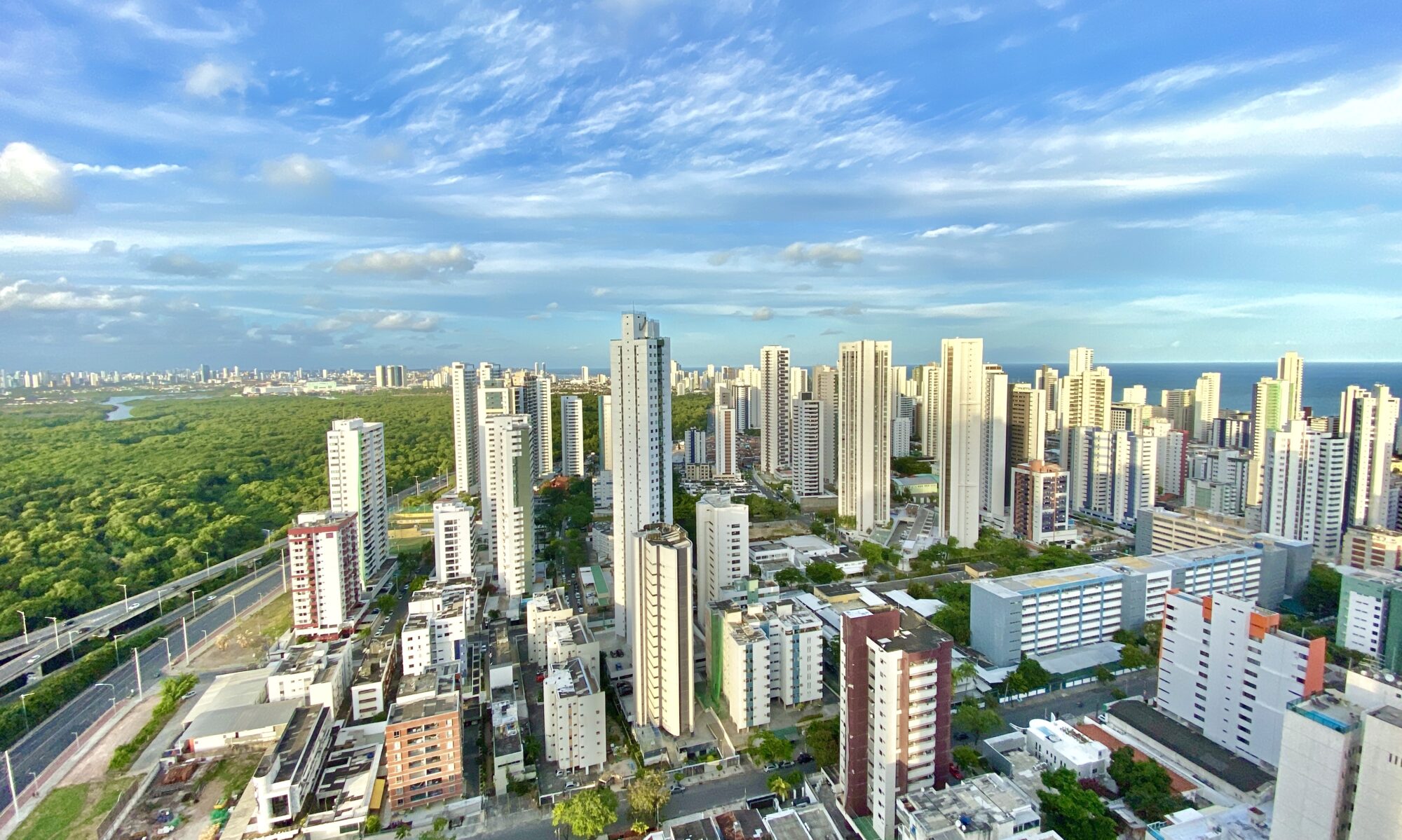The capital of Maranhão was founded in 1612 and is the latest town to be listed as a World Heritage Site by UNESCO. Beaches surround the town, such as those at Calhau, Ponta D’Areia and São Marcos, where there are the ruins of the eighteenth century São Marcos Fort. The city’s greatest era of prosperity was reached in the second half of the eighteenth century, when cotton exports were at their height. During this period, the province of Maranhão furnished a considerable part of the revenues of the Royal Treasury, beating various other provinces of the Portuguese empire.
In the same period São Luís became the capital of Maranhão, with direct links to the Portuguese court. A great deal happened between its apogee and its economic decline, and some of the story can be discovered in areas like Praia Grande, a historic centre listed by the National Heritage Department. The main tourist attractions of the city are contained in an area of 107 km2, with buildings from the seventeenth to the nineteenth centuries. The capital has more than 3,000 listed buildings, most of them with facades decorated with the glazed tiles typical of the Portuguese colonial style. Among them are the Palácio dos Leões (Lion Palace), which until 1615 was a fort which protected the then capital of Equinoctial France, as São Luís was called under French rule; the Catedral da Se, built by the Jesuits in 1726; the church of Carmo, one of the oldest in the city, constructed in 1627; and the Arthur Azevedo Theatre, built between 1815 and 1817 and thought to be the first theatre to be erected in a Brazilian capital.
São Luís has been the birthplace of some important names in Brazilian literature, such as the poet Gonçalves Dias (1823-1864); the writer Graça Aranha (1868-1931), a founding member of the Brazilian Academy of Letters and member of the Modernist Movement in 1922; the novelist Aluísio Azevedo (1857-1913) and his brother, the dramatist Arthur de Azevedo (1855-1908). The extensive literary output of local writers, and of writers from other regions of the country, is preserved in the Josué Montello Cultural Centre.

